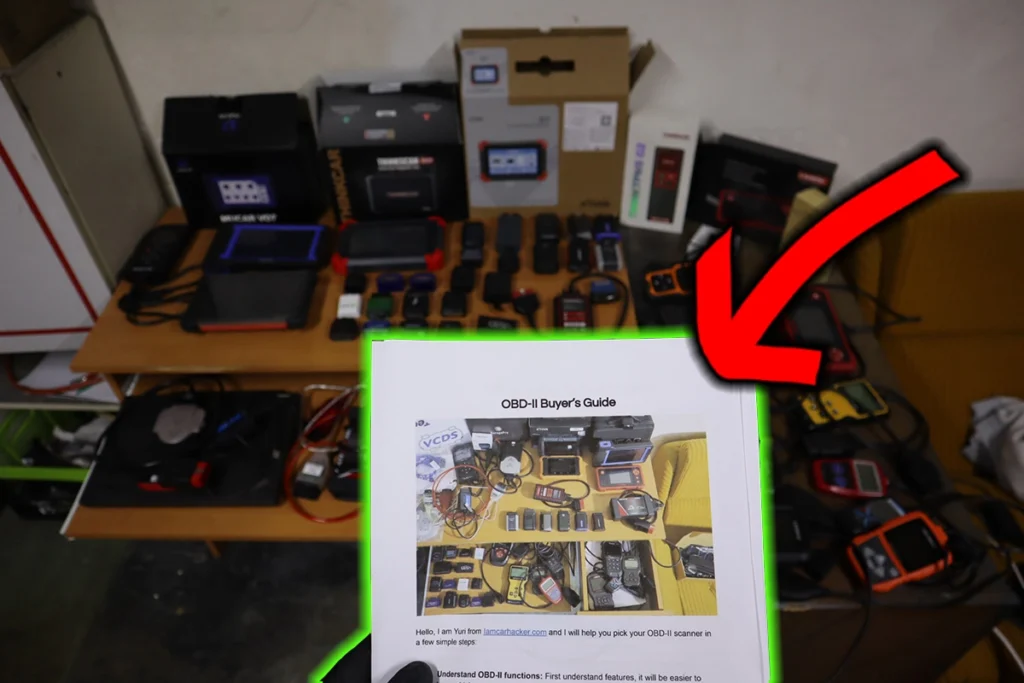Here are the fuel trims explained in very simple language to help you understand what these readings tell and how can you use them to your advantage when diagnosing engine problems and fault codes.
What is fuel trim?
Fuel trims are temporary adjustments of the amount of fuel injected in the engine to keep the air/fuel ratio closest possible to 14.7:1, as 14.7 units of air mixed with 1 unit of fuel. In ideal conditions, the fuel trim will be always at 0%.
Since you have various engine conditions like catalytic converter operation or when your engine experiences some fault like a fuel leak, the short-term fuel trim (STFT) will increase the amount of fuel injected to match the higher amount of air going in the engine due to vacuum leak.
Fuel trims help manage your engine’s air/fuel mix for optimal performance. Here’s a simple breakdown using an example:
STFT/LTFT Fuel Trims Example
Let’s imagine we have a car with an engine without any issues, everything is working correctly and fuel trims should be close to 0%.
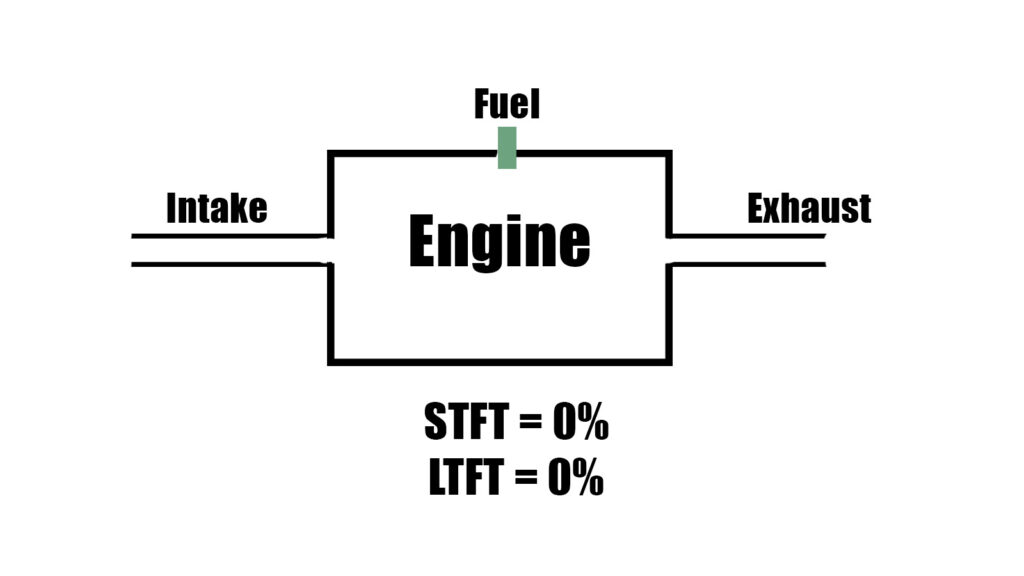
Now our intake hose gets a hole in it sucking additional air which is not detected by ECU. However the oxygen sensor will detect leaner condition (more air, same amount of fuel), and ask for an increase in fuel amount, which will raise the STFT (short-term fuel trim).
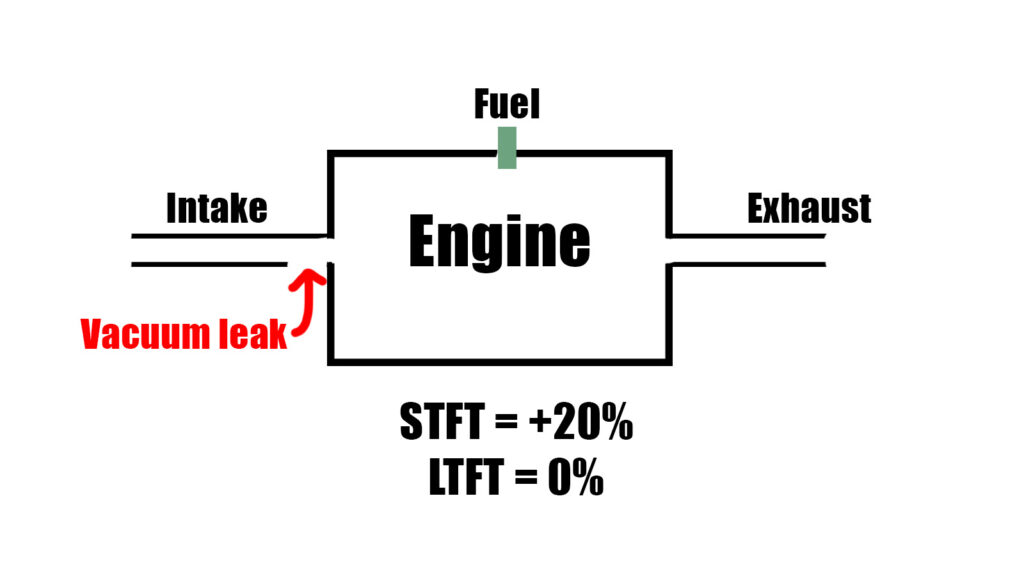
Once the Short-term fuel trim settles around one number and stops raising, it is a signal for a long-term fuel trim to make a permanent adjustment to the fuel amount.
If we had STFT +20% before, the LTFT would raise to the same level of 20% and STFT can go back to 0% and stay there unless there is another signal to increase the fuel amount.

Confirm vacuum leak by increasing RPM
You may have already heard that you can confirm the vacuum leak by increasing the RPM, but how is that possible?
Here is our engine idling at 1000 RPM. We have 10g of air coming in the intake hose and +3g of air coming in because of a vacuum leak. The extra 30% of air (3G), will cause fuel trim to raise at 30%.
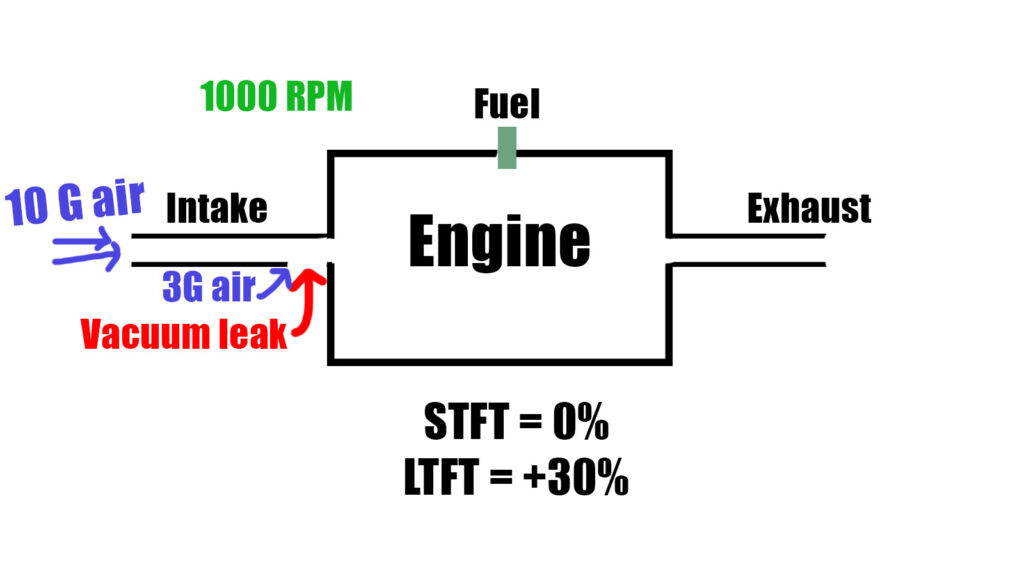
However, if I step on the gas pedal and get to 5000 RPM, now we have 50g of air coming in trough the intake hose, but still only 3g of extra air coming in the engine because of the vacuum leak.
The 3g of air makes a lot less difference to 50g of air, than to 10g of air, that’s why with higher rpm we can see the fuel trim dop if its caused by a vacuum leak.
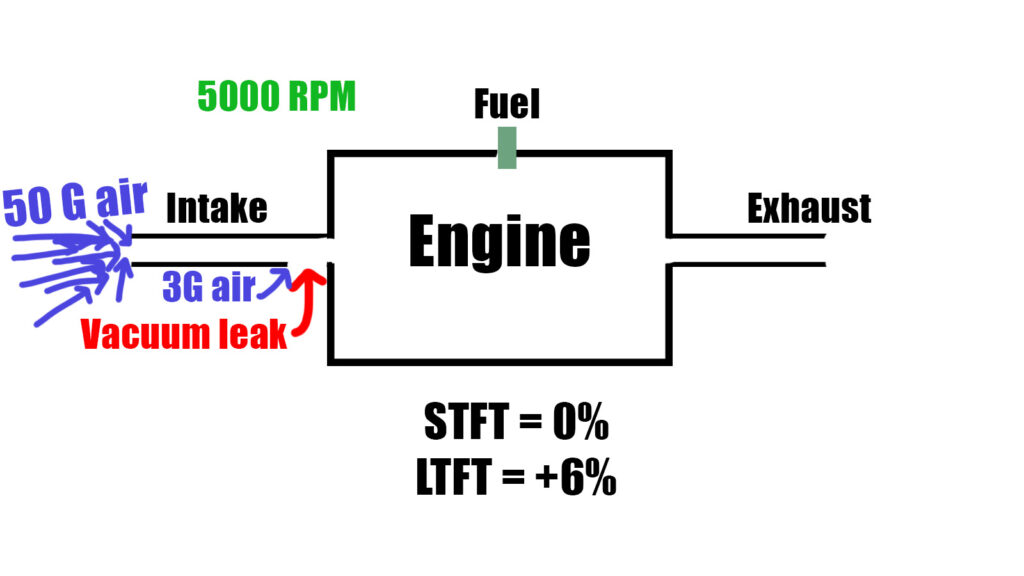
Each Bank Has Its Own Fuel Trims
In V-shaped engines, each bank (engine head) has its own STFT and LTFT. For example, STFT1 and LTFT1 are for Bank 1, while STFT2 and LTFT2 are for Bank 2. If Bank 1 shows high trims but Bank 2 is normal, the issue is likely specific to Bank 1 components.
Read also Bank1 vs Bank2: What is the difference?

Hi, I am Juraj “Yuri” Lukacko. I got frustrated by unhelpful and scammy mechanics, so I decided to learn everything about car diagnostics myself. I test dozens of new car diagnostic tools every month along with learning new strategies to fix and customize cars. About Juraj Lukacko (Yuri)

